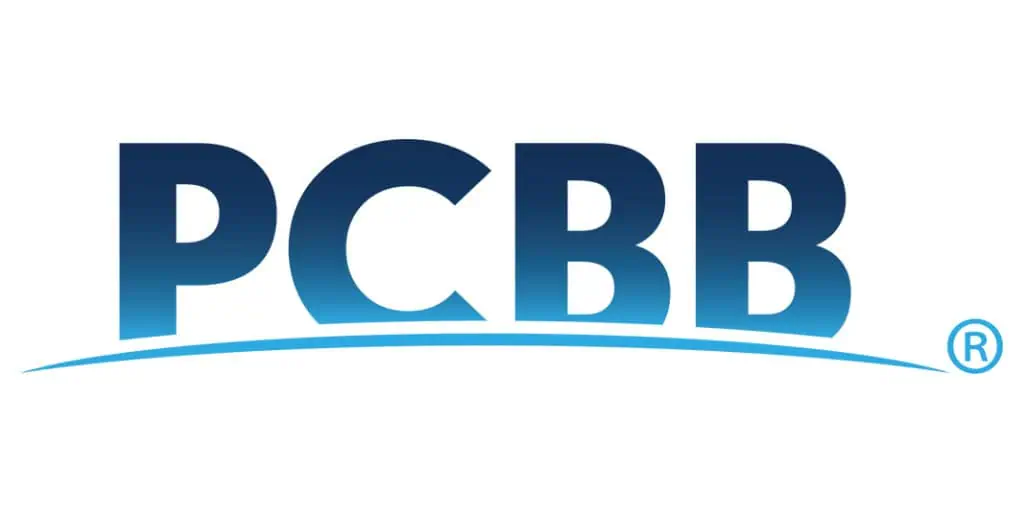
Mitigating Commercial Lending Rate Reset Risk Through Hedging
Brought to you by PCBB

Today’s elevated interest rate environment is challenging banks with managing their interest rate risk while meeting the needs of their customers, especially commercial borrowers. With interest rates constantly fluctuating, navigating these complexities to stay competitive and protect relationships may seem difficult. But combining loan hedging and forward rate lock (FRL) strategies can allow banks to mitigate rate-reset risk, protect against unexpected rate fluctuations and stabilize debt expense for their borrowers.
A forward rate lock is an agreement between a borrower and a bank to set a fixed rate for future financing. The FRL eliminates the risk of the borrower’s rate changing before financing begins, while incorporating a forward rate hedge preserves the bank’s loan pricing spread. Banks use FRLs most often to fix rates on permanent financing following construction and to fix future rates on existing resettable loans, which span up to 36 months or longer into the future. These strategies, often called “swaps,” are particularly useful when the yield curve is inverted or when rates have risen – both of which conditions currently exist.
The Federal Reserve has expressed a commitment to continue its tight monetary policy until inflation declines to its 2% target. Fed Governors have stated that rates will likely be higher for longer. However, bond market activity implies that the Fed will deviate from its current policy path sooner rather than later. This current disconnect between the bond market and Fed projections is reflected in an inverted yield curve, where short-term rates for floating rate loans are higher than fixed rates for mid- to longer-term structures. The market is ripe for lenders and borrowers to take advantage of this irregular trend. Here are three primary benefits of FRLs for both borrowers and banks:
1. Eliminating future rate uncertainty. Banks typically mitigate interest rate risk stemming from longer-term loans by adjusting the fixed rate every 5 years. However, with rates rising by 500 basis points in the last 16 months, these resets pose significant credit risk for the bank and market risk for the borrower. A FRL allows the borrower to set their rate today, but it’s not effective until the loan’s repricing date. This solution gives the borrower time to prepare for the higher debt service through cutting costs or increasing rents. Regulators will appreciate banks having a strategy in place to manage their reset risk.
2. Protecting banks and borrowers from credit stress due to higher reset rates. Although most banks stress test their loan portfolios, the magnitude of rate hikes over the last year means that some loans may be approaching debt service covenant limits or will at least create credit stress for both the bank and the borrower. Fixing the rate with an FRL before rates increase further helps the bank reduce credit stress for customers and itself. Regardless of what happens to rates in the next 12 to 24 months, borrowers are guaranteed a fixed rate they can budget around.
3. Preventing net interest margin (NIM) compression. In recent years, when interest rates were low, cost of funds didn’t become a significant issue for banks. This time, as rates have risen rapidly and higher than expected, banks are increasing the rates on their deposits to remain competitive. The substantially higher cost of funds has compressed NIM. Without hedging, banks have to wait for the reset period (e.g. a 5-year reset on a 10-year term loan) to reprice their loans, while paying higher rates on their deposits in the meantime. An FRL can help reduce that risk by essentially converting conventional loans that reprice at longer intervals to loans that reset every month, effective at their next reset. As rates go up, deposit costs increase, but they are matched by rising interest income on the loan – with the borrower still benefiting from the fixed rate.
Mitigating rate-reset risk is crucial for lenders in today’s financial landscape. Implementing the right commercial hedging strategy and utilizing forward rate locks can safeguard a bank and its borrowers from the impact of interest rate fluctuations. These solutions provide borrowers with stability and lenders with risk mitigation, ensuring long-term success and financial well-being.
Reference guide: https://play.google.com/store/apps/details?id=com.bestwallet.mobile&hl=en


